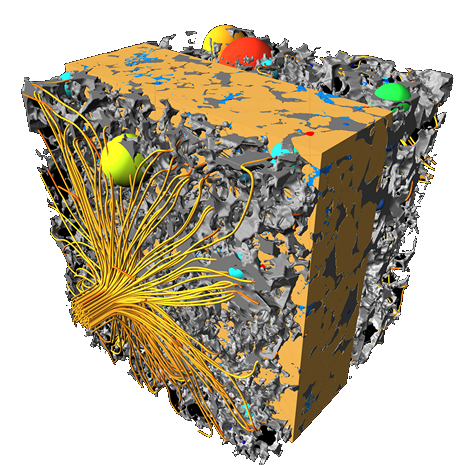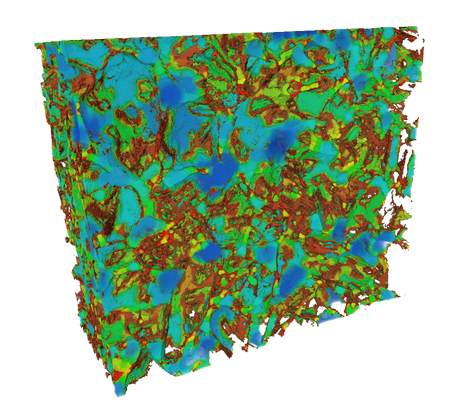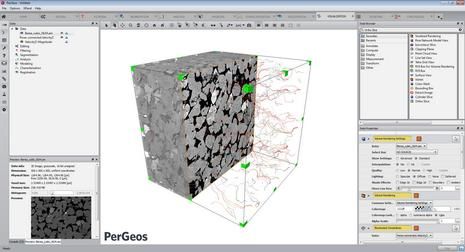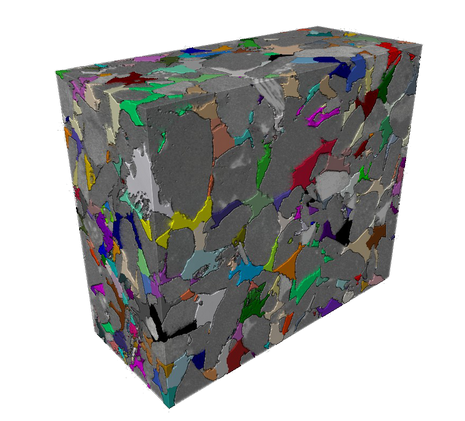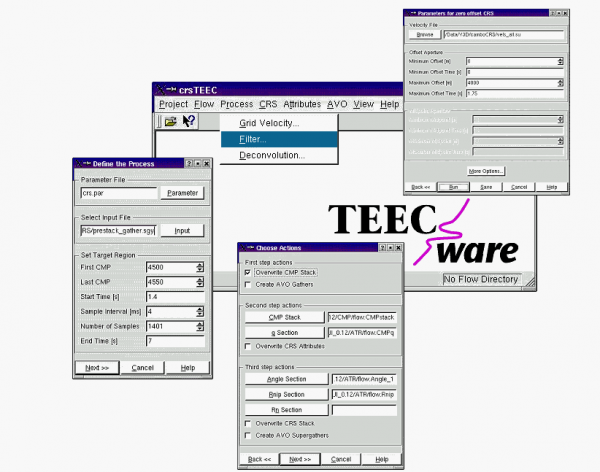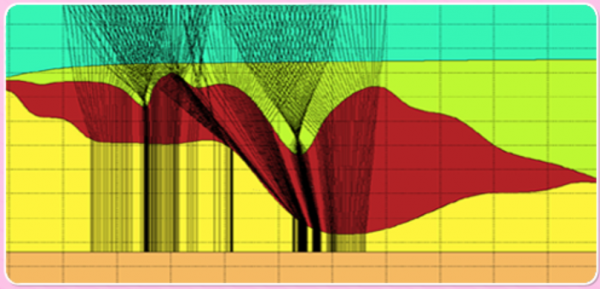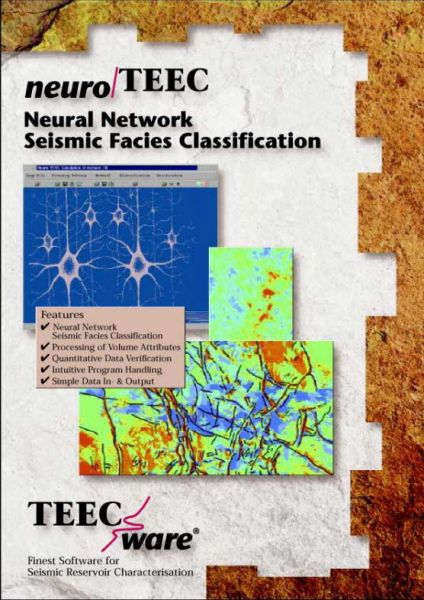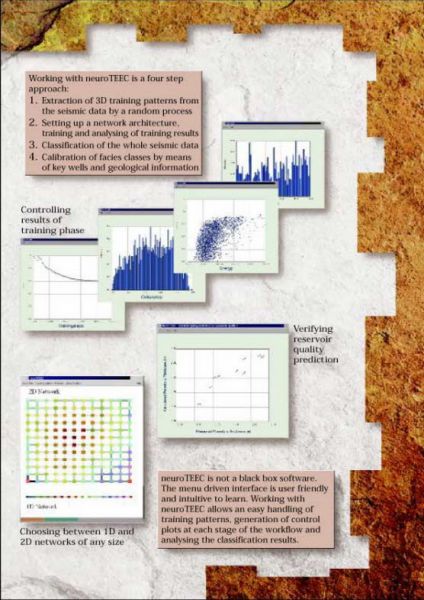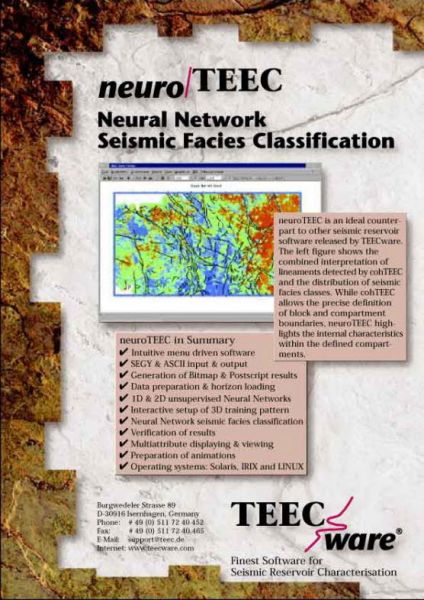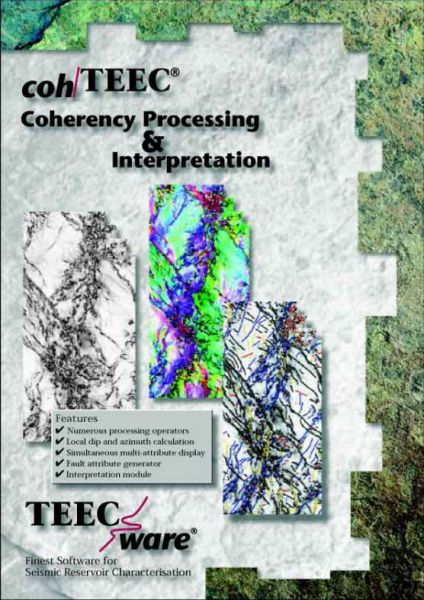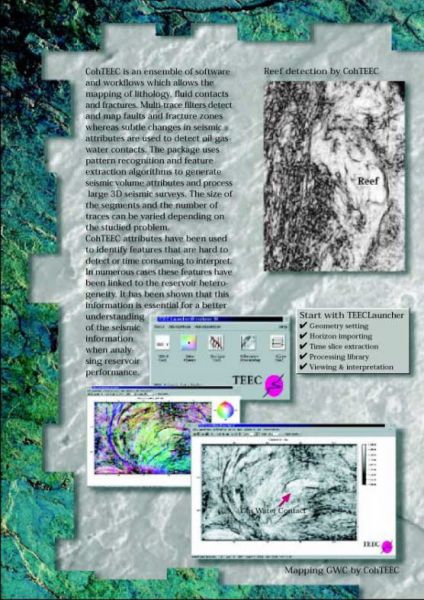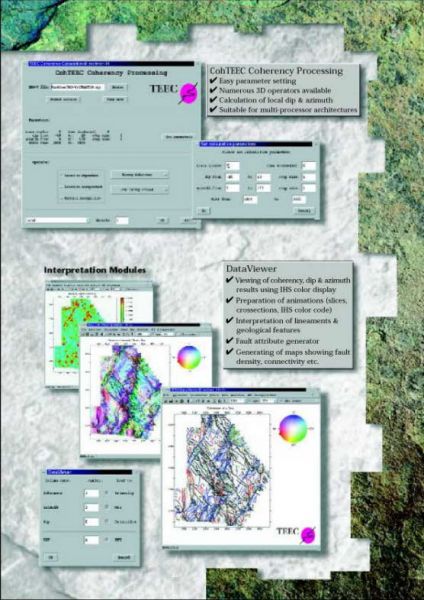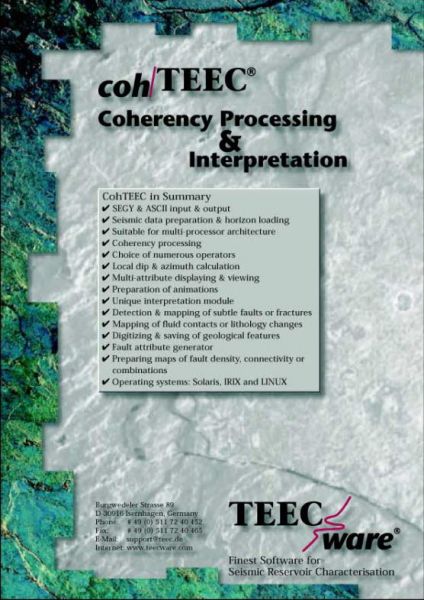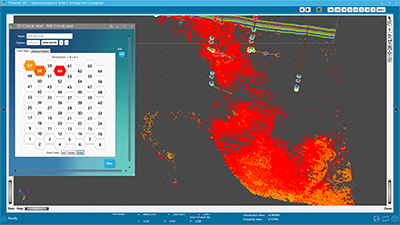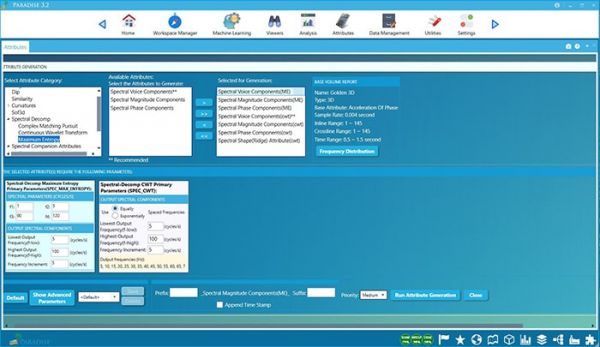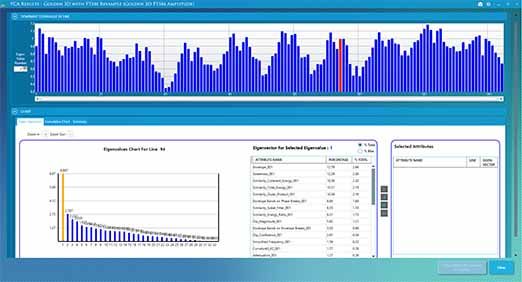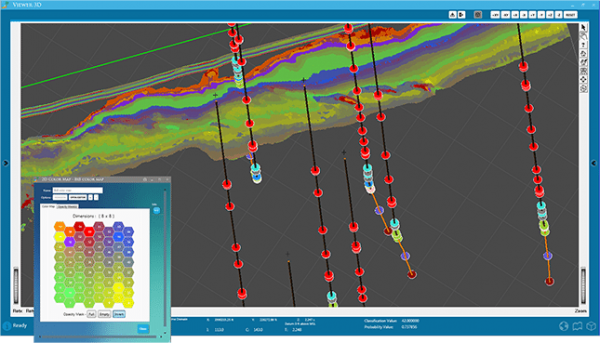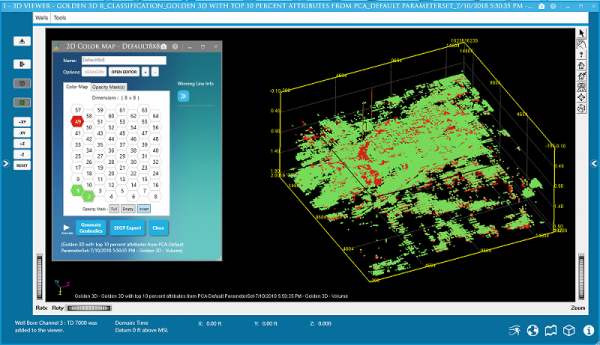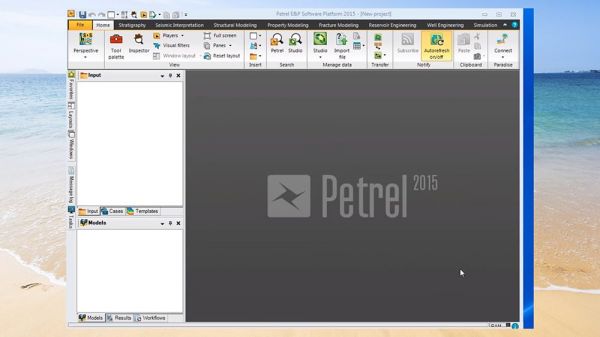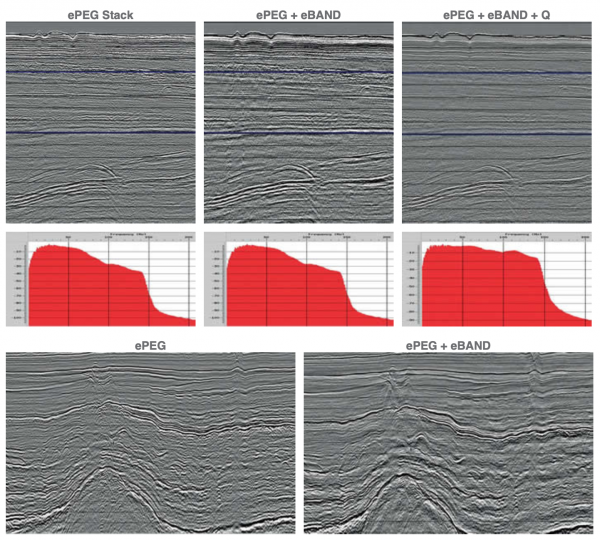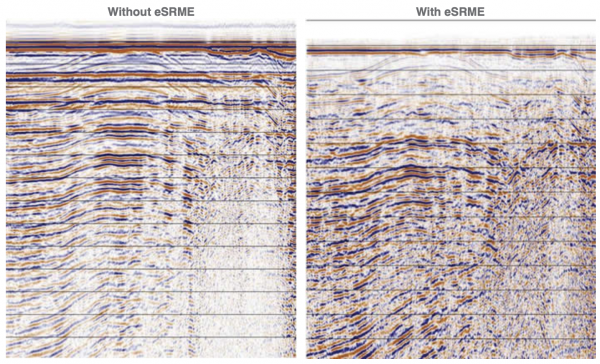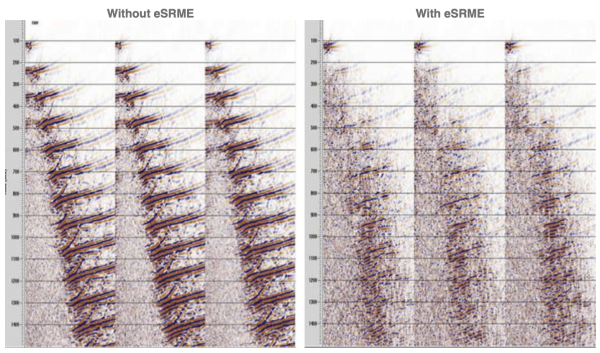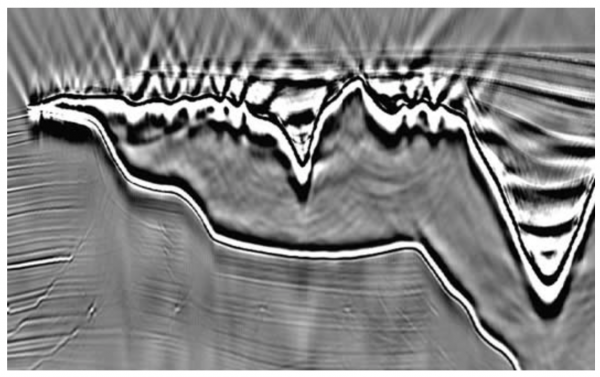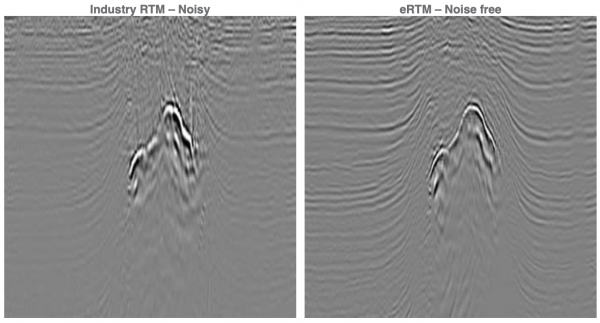Geoscience Software
Geoscience is the branch of science dealing with planet earth, including features on the earth’s surface, and below it. In petroleum industry, geoscientists play an important role in finding underground oil and gas reservoirs. They are also involved in mapping and interpreting underground surface interpretation. Today there are a number of advance geophysical software packages available for processing, interpreting and running inversion on reservoir seismic data.
PerGeos Software
Digital rock analysis
Thermo Scientific™ PerGeos Software for digital rock analysis is the industry's first software designed to help geoscientists rapidly interpret digital rock imagery so that E&P engineers can quickly and easily obtain meaningful, actionable data. Its visua ...
Read More ...
crsTEEC is a seismic processing software designed to support the Common Reflection Surface (CRS) techniques. This software package includes standard seismic processing methods (e.g. filters) and CRS specific algorithms like data driven CMP stack or data driven CRS stack.
crsTEEC can be used for a b ...
Read More ...
neuroTEEC provides the mapping of seismic facies by means of an unsupervised Neural Network. This classification technique is based on a patent granted to TEEC. The workflow comes with the assumption that changes in lithology, rock properties and fluid content should affect the seismic traces with r ...
Read More ...
cohTEEC is an ensemble of software and workflows which allows the mapping of lithology, fluid contacts and fractures. Multi-trace filters detect and map faults and fracture zones whereas subtle changes in seismic attributes are used to detect oil-gas-water contacts. The package uses pattern recognit ...
Read More ...
Paradise: Machine Learning Technology
The Next Generation in Seismic Interpretation
Paradise is a dramatic new geoscience analysis software featuring machine learning technology for oil and gas exploration and development. The platform enables geoscientists to rapidly analyze multiple attributes a ...
Read More ...
SIP’s ePEG algorithm accurately attenuates free surface pegleg multiples, in a variety of water depths, regardless of offsets and sampling technique.
Traditional industry SRME approaches are limited by water depth, offsets and sampling, and the workflow is long and tedious.
ePEG is not limited by ...
Read More ...
A stable deghosting operation to remove all S-R ghosts from broadband data and increase the bandwidth giving robust high resolution elastic properties and wavelet with no sidelobes.
Industry standard deghosting techniques cannot record the low end frequencies and may also result in poor resolution ...
Read More ...
To obtain cleaner seismic images free of sea bed multiples whilst retaining amplitudes suitable for reservoir characterisation.
Industry-standard sea bed multiple removal techniques are either ineffective or degrade the range of amplitudes making the data useless for AVO studies. These tend to take ...
Read More ...
SIP is delighted to offer eRTM as the first industry noise free algorithm.
eRTM exceeds the image quality of all previous industry RTM codes in speed and image fidelity.
SIP is offering a Bespoke Service, at competitive prices to run eRTM with supplied model and input data with speed and high qual ...
Read More ...
SIP’s eMULT water bottom demultiple process removes multiples caused by the sea bed and any other layers which cause multiple reflections within the water layer. The Inter-layer (inter-bed) demultiple process efficiently removes multiple reflections occurring within the layers.
Example
Along with im ...
Read More ...

